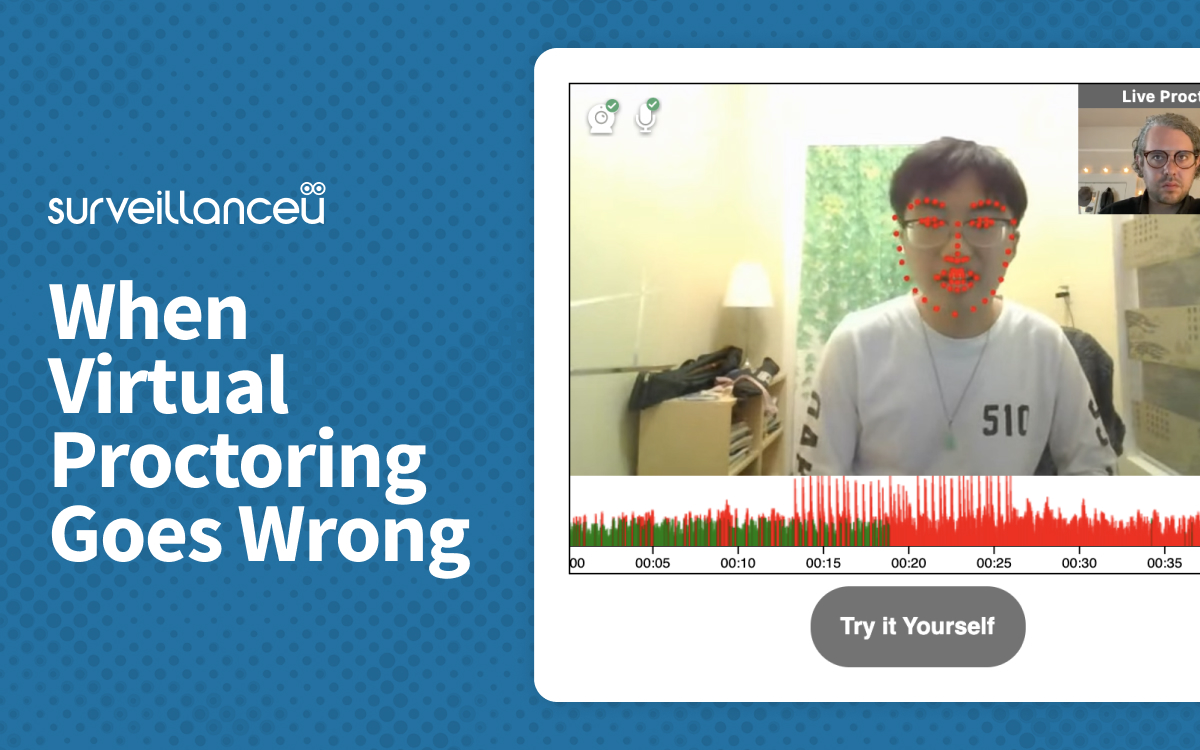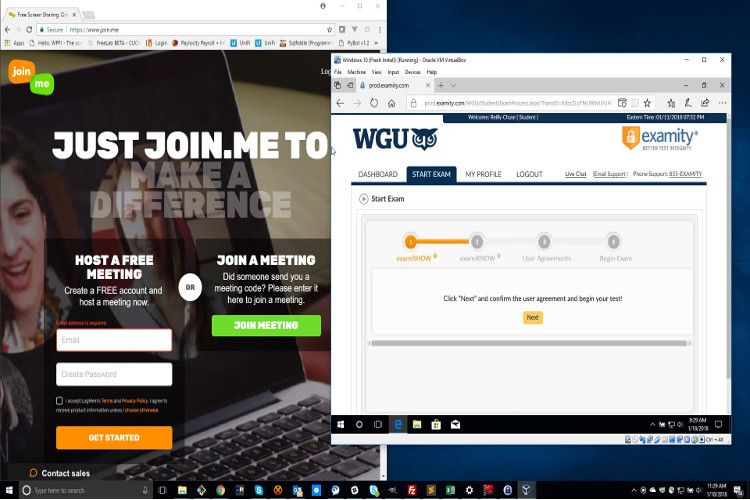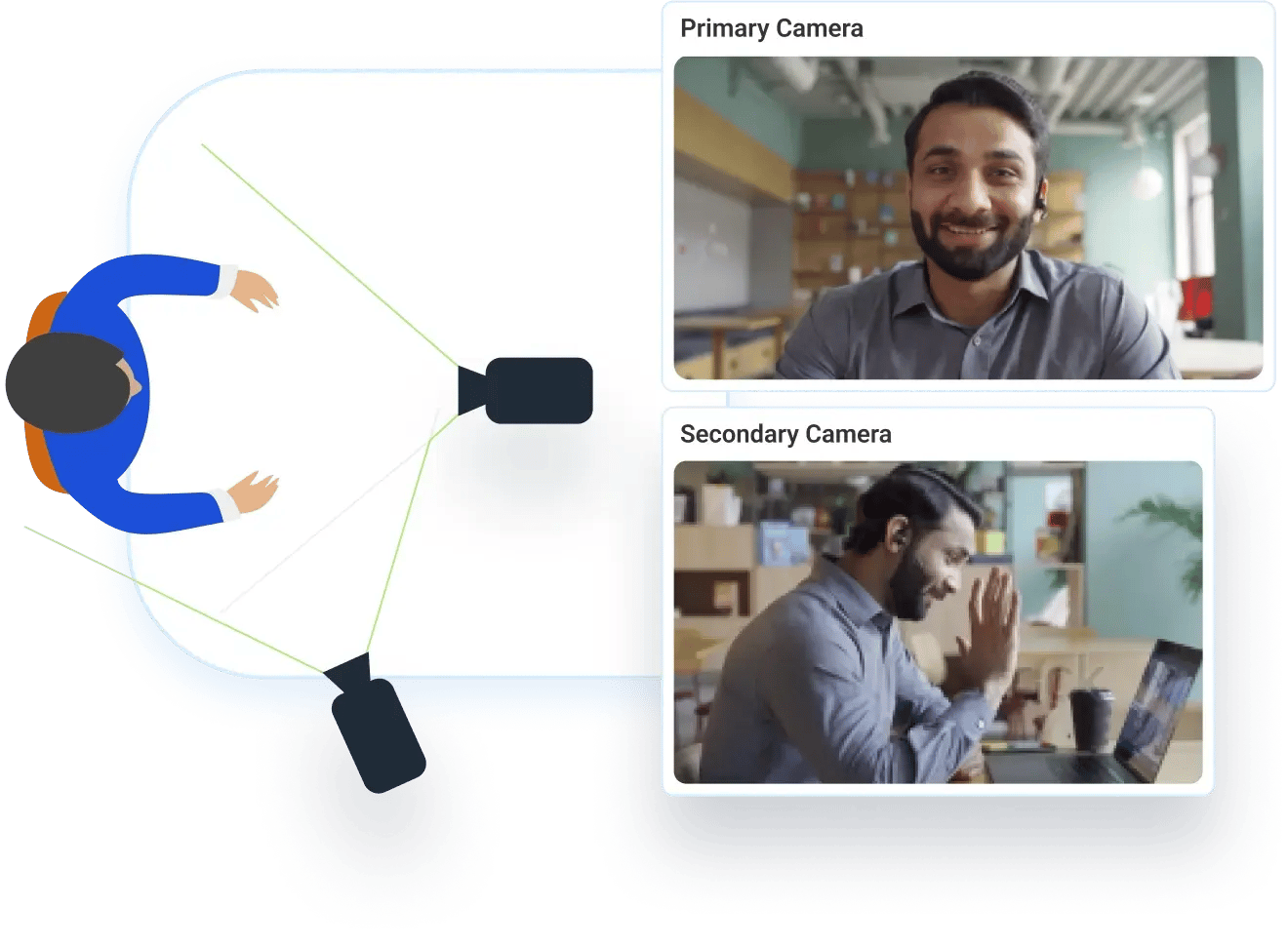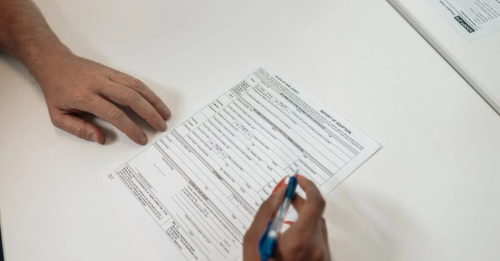Cheating on online exams is becoming a big issue, especially with services like ProctorU and Examity. These companies monitor students during tests to stop cheating, but they haven’t figured out how to catch those using virtual machines. This makes it easier for some students to cheat. ProctorU tries to prevent cheating by limiting access to other apps, using live proctors, and looking out for suspicious behaviors. However, students still find ways around these measures, like having someone else in the room, using Bluetooth earphones, or sneaking messages through WhatsApp Web. While cheating might save time and money, it can lead to serious consequences like suspension or expulsion. Some even look for professional help to cheat, raising concerns that need urgent attention.
Current Measures by ProctorU and ProctorIO

Credits: youthradio.github.io
ProctorU and ProctorIO employ several live proctoring techniques to monitor exam takers and ensure test integrity. One major technique involves human proctors who observe students through their webcams during the exam. These proctors are trained to watch for suspicious behaviors, such as unusual eye movements, frequent looking away from the monitor, or interacting with someone off-screen. In addition to human observation, these platforms also use artificial intelligence to flag potential cheating attempts, providing an additional layer of scrutiny.
Both ProctorU and ProctorIO implement strict application and website access restrictions to prevent cheating. They require examinees to install a secure browser that locks down their computer, restricting access to other applications and websites during the exam. This browser ensures that test takers cannot open new tabs, search for answers online, or use unauthorized resources. Furthermore, the proctor can request the student to perform a system scan to close any pre-opened applications that could facilitate cheating.
Detection of cheating behaviors is a key component of ProctorU and ProctorIO’s strategy. They analyze various factors such as changes in audio levels, background noise, and screen activities. If abnormal activities are detected, such as the usage of a second monitor or attempts to switch between windows, alerts are sent to the proctor to take immediate action. Additionally, both platforms use facial and gaze detection technology to track if the test taker’s focus shifts away from the screen. These measures help in maintaining a fair testing environment and deterring cheating effectively.
| Current Measure | Description |
|---|---|
| Live Proctoring Techniques Employed | Techniques used by proctors to monitor exams in real-time. |
| Application and Website Access Restrictions | Methods employed to limit access to unauthorized applications and websites during exams. |
| Detection of Cheating Behaviors | Technologies and strategies used to identify suspicious actions that may indicate cheating. |
Ways Students Try to Cheat on Proctored Exams
Students have been known to have friends or family members present in the room to help them during an exam. They might receive whispered hints, written notes, or hand signals to get answers. To mitigate this, proctoring services often ask students to show their surroundings with a webcam before starting the exam.
Some students use Bluetooth earphones to communicate with someone outside the room. They might receive answers through these earphones, hidden under their hair or a hat. Additionally, there’s a risk of using remote software to access files or get help from someone remotely controlling their computer. Proctoring software generally has measures to detect and prevent these activities, but tech-savvy individuals sometimes attempt to bypass these safeguards.
Another method involves manipulating the proctoring software through the use of virtual machines. Students might run the exam in a virtual environment while using their actual computer to search for answers or consult resources. This method requires significant technical knowledge and isn’t foolproof, as some proctoring tools are designed to detect and block virtual machines.
Risks and Consequences of Cheating
Cheating on proctored exams like ProctorU and ProctorIO can lead to severe consequences, including suspension or expulsion from your educational institution. Being caught can result in immediate failure of the exam or course, and further disciplinary actions such as temporary or permanent removal from the educational program.
Long-term academic repercussions are another significant risk. Academic dishonesty can be recorded on your academic transcript, which could hinder future educational opportunities and career prospects. Scholarships, grants, and academic recognitions may also be lost, which can further impact your educational and professional journey.
There are also legal and ethical implications to consider. Engaging in cheating undermines the principles of fairness and integrity that are fundamental in both academia and the professional world. Moreover, using unauthorized methods to gain an advantage could potentially violate laws or terms of service, leading to legal consequences. This undermines your credibility and can cause long-lasting damage to your personal and professional reputation.
Role of Virtual Machines in Cheating

Credits: blog.rchase.com
One key method that students might use to avoid detection by proctoring software is through the use of virtual machines (VMs). Virtual machines allow users to create an isolated environment on their computers, where they can run a different operating system or multiple instances of the same OS. Proctoring software may struggle to detect activities within a VM because it often focuses on monitoring the host system and may not have access to the virtual environment.
Students can use technical workarounds when employing VMs. For example, a student could run the exam on the host operating system while accessing unauthorized resources or seeking help from others within a VM. They might also utilize tools like screen sharing or remote desktop applications to have someone else help them complete the exam while staying concealed within the VM.
Strategic time management also plays a crucial role in bypassing proctoring measures while using VMs. Students might allocate specific periods during the exam to switch between the host system and the virtual machine. By carefully timing these switches, they can reduce the likelihood of being caught. Additionally, they might exploit moments when the proctor’s attention may wane or rely on the lag in proctoring software to make quick transitions.
Professional Help for Cheating on Exams
Several third-party professionals offer services to help students cheat on proctored exams such as those monitored by ProctorU or ProctorIO. These services range from providing remote access to a student’s computer to offering live guidance during the exam. Some professionals may even take the exam on behalf of the student by using advanced software to mimic the student’s activity.
While seeking professional help for cheating might seem like an easy way out, there are several pros and cons to consider. On the positive side, these services can seemingly ensure a higher chance of passing the exam without studying, and they often offer a money-back guarantee if their methods fail. However, the drawbacks are significant: the financial cost can be high, the risk of being caught is elevated, and ethical considerations come into play.
The legal ramifications and risks involved in cheating on proctored exams are severe. If caught, students could face academic penalties such as suspension or expulsion, a permanent mark on their academic record, and possibly legal action for fraud. Additionally, relying on cheating undermines the value of education and deprives students of the knowledge and skills they are supposed to acquire.
Steps to Mitigate Cheating in Proctored Exams

Credits: talview.com
Implementing advanced detection technologies is crucial to maintaining the integrity of proctored exams. By utilizing AI-based monitoring, facial recognition, and machine learning algorithms, examiners can detect unusual behavior patterns that might indicate cheating. For instance, eye-tracking can reveal if a student frequently looks away from the screen, and keystroke dynamics can flag unusual typing patterns.
Increasing awareness and training for proctors is another vital step. Proctors should be well-equipped with the knowledge to identify potential cheating signs. Regular training sessions and workshops can help them stay updated on new methods of cheating and the best practices to counteract them. By being more informed, proctors can act swiftly and decisively during exams.
Promoting academic integrity among students can have a significant impact on reducing cheating. Schools and universities should emphasize the importance of honesty and the consequences of academic misconduct. Creating an honor code and encouraging students to commit to it can foster a culture of integrity. Additionally, educating students about the negative long-term effects of cheating can deter them from attempting to bypass exam protocols.
- Advanced AI algorithms to detect cheating patterns
- Real-time behavioral analysis of students
- Multi-factor authentication for exam access
- Secure browser lockdown environments
- Use of biometric verification
- Continual software updates to address new cheating methods
- Close monitoring of network traffic during exams
Frequently Asked Questions
1. Can proctored exams detect cheating methods like using a phone or notes?
Yes, proctored exams use cameras and software to monitor for suspicious behavior. They can flag movements like looking away from the screen or using devices.
2. What happens if you get caught cheating on a proctored exam?
If you’re caught cheating, you could face serious consequences like a failing grade, academic probation, or even expulsion from your institution.
3. How do proctoring systems ensure that the person taking the exam is the right student?
Proctoring systems often use identity verification methods like government-issued ID checks and facial recognition to ensure the right student is taking the exam.
4. Can proctored exams detect screen sharing or using another computer?
Yes, many proctoring systems can detect screen sharing and other attempts to access unauthorized resources during the exam.
5. Are there any foolproof methods to cheat on a proctored exam?
No, modern proctoring tools are very advanced and designed to catch a wide range of cheating methods, making it very difficult to cheat successfully without getting caught.


